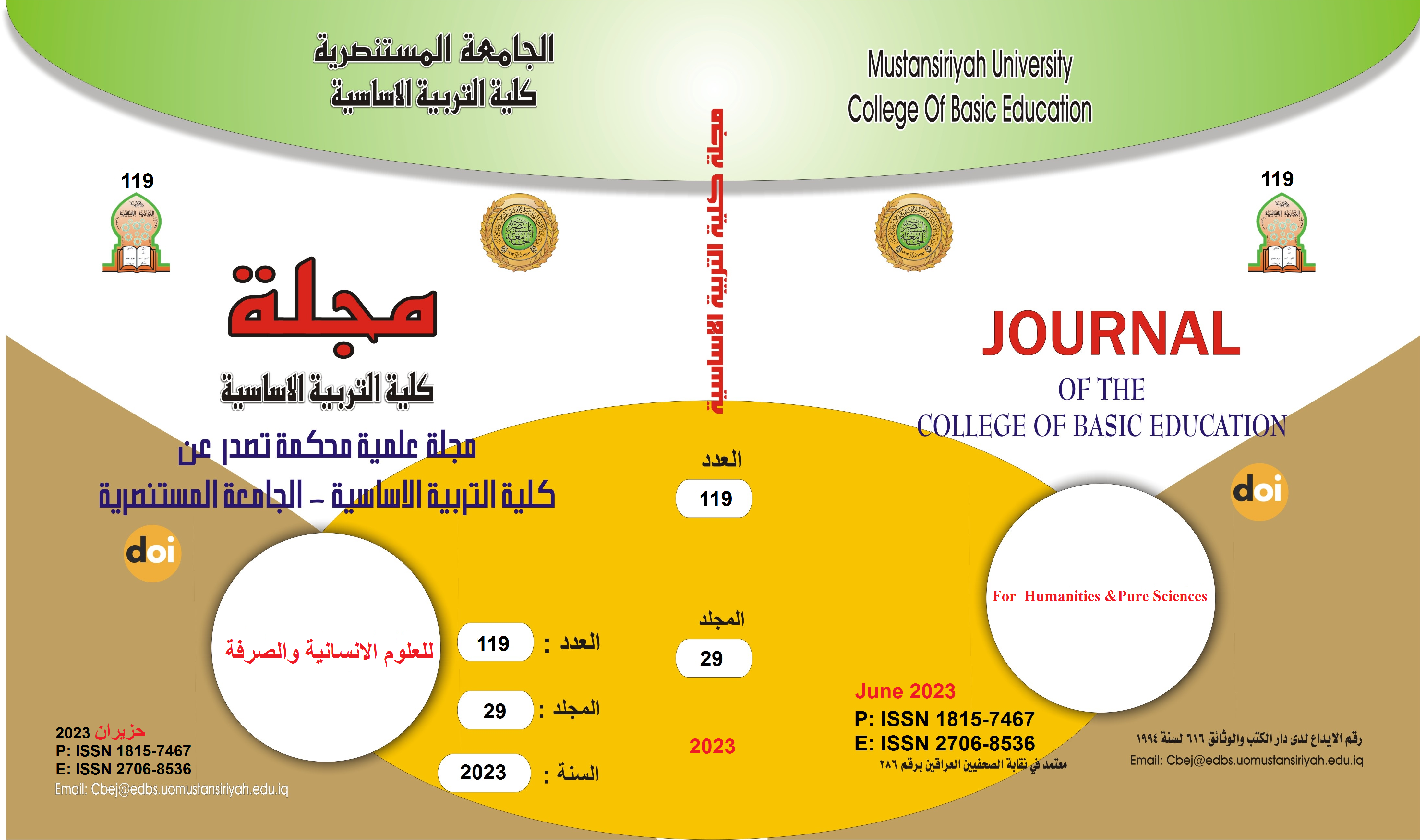Design and standardization of the long handling test - receiving Design and codifying composite Skill tests to assess the training status of under-17 players in football
Main Article Content
Abstract
The importance of the current research lies in the necessity of designing and legalizing a special compound test similar to playing conditions that take into account the high and advanced level and differentiate between levels, capabilities and individual differences to take into account abilities and privacy when performing training for young football players, as well as continuing to supply the training environment for young players and provide clarification to coaches. As for the research problem, the current research in the use of this special composite test as an auxiliary training tool is an attempt to develop some physical characteristics and basic skills for junior footballers that may contribute to upgrading some of the players’ abilities, including physical and skill, to reach the best levels, so the researcher decided to enter into this problem and work on Designing a special composite test and setting standards for its final vocabulary for the purpose of using it as a basis for evaluating part of the training situation for young footballers.
The goal of the current research was determined by designing and codifying the long handling test - rolling - receiving from the side - scoring accuracy as part of evaluating the training status of young football players. Finding standard scores and levels not the long handling test - rolling - receiving from the side - scoring accuracy as part of the assessment of the training status of young football players. As for the society and sample of the research, nine clubs were dealt with as a stratified sample and were divided randomly so that each group is an independent sample from the other by a separate procedure from the other research procedures, as (Salah al-Din Mahmoud) states, “The randomness in selecting samples does not mean accidental or spontaneous, but is achieved with complete care. By designing the methods of inspections, and the sample consisted of (186) players with a percentage of (72.6%) distributed over the nine clubs. To be consistent with the phenomenon studied .Statistical means: The researcher used the statistical package (SPSS.Ver 21) to obtain the following:
(arithmetic means, standard deviations, median, skew coefficient, Pearson simple correlation coefficient, test (τ) for uncorrelated (independent) samples, standard error, standard degree and modified standard degree, range).
The researcher reached the most important conclusions and recommendations:
- Reaching the construction of special composite tests as part of evaluating the training status of young football players.
Reaching standard scores and levels for the composite test of performance significance for young football players.
Recommendations: - According to the results and conclusions, the researcher recommends the following:
The necessity of adopting the special composite test by trainers and researchers as a means of assessment, which is consistent and close to the level of performance during competition.
The use of grades and standard levels by coaches and researchers to judge the level of young players in football.
Article Details

This work is licensed under a Creative Commons Attribution-ShareAlike 4.0 International License.
